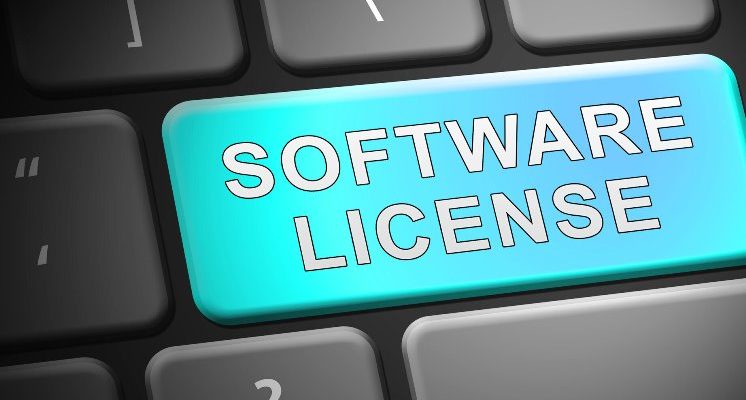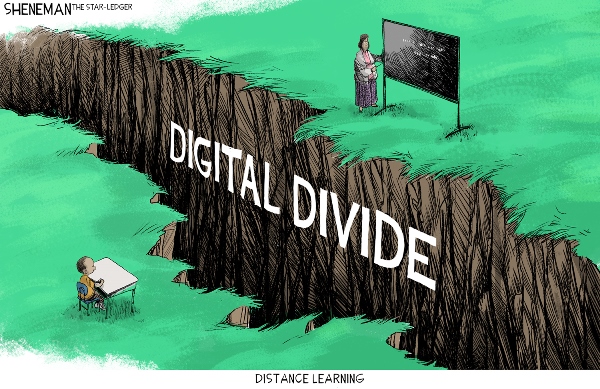As companies strive to stay ahead while keeping costs tight and close, the software licensing conversation has once again reared its head. Many companies are not convinced that spending so much on a list of licenses is delivering a solid return on investment (ROI). Altron Karabina’s Senior Specialist for Licensing Advisory, Jacob Modisha, urges companies not to compromise on software licenses when managing costs and controlling expenses. Modisha asserts that software licenses are a cost benefit, not a cost center. While managing costs and tightly controlling expenditures have become critical concerns for companies but they shouldn’t compromise on software licenses in the process. Read Modisha’s interesting views below.
Accessibility, functionality, customer service, and profitability. These are the top business priorities right now. In a recent survey of Chief Financial Officers, Gartner found that most see digital as a ‘key route to improving profitability in volatile times’ and that the success or failure of digital initiatives will determine business performance over the next year. The CEO, says the PwC 2023 CEO Survey, doesn’t think that their companies will be economically viable over the next ten years, and most felt it critical to find ways to overcome the pressing challenges of customer, regulation and technology disruption to ensure profitability in their industry.
In this reality of fractured markets and complex economic headwinds, companies are looking for smart ways to stay ahead while keeping costs tight and close. Which is why the software licensing conversation has once again reared its head – many companies aren’t convinced that spending so much on a list of licenses is delivering a solid return on investment (ROI). It’s easy to understand, after all, software licensing has traditionally been a bitter pill to swallow.
RELATED: How software decisions can reduce business costs
The old way was expensive. Companies had to pay a license per machine and this grew exponentially more expensive with each device and user. Fortunately, this has changed. Software licensing has managed to evolve alongside users and the unique ways in which companies operate. Now, the license follows the user across multiple devices with cross-install functionality that allows for far more ubiquity. This has significantly cut the initial cost of licensing and made it far easier for companies to embrace the hybrid and remote working trends currently driving the workplace.
Another large cost to company has traditionally been maintenance. The cost of upgrading and managing software has often landed with the company and its beleaguered IT team that’s had to map out licensing through a complex mire of devices and locations. Now, companies like Microsoft have made the process a lot simpler by making it easy to map out licensing, technical installations and licensing across vast employee ecosystems using smart tools and expertise. This significantly reduces the admin and resource burden and the costs associated with it.
The other added bonus of this extensive visibility into systems and software through licensing frameworks means that vulnerabilities are easily caught and mitigated. Automatic zero-day and security updates are pushed through to the entire organisation to ensure that systems are always up-to-date and capable. Security is a significant benefit on multiple levels. The benefit of being able to leverage the extensive research and development (R&D) that external software companies put into their solutions, cannot be understated. Instead of having to tack on tons of additional security protocols and parameters to manage each and every solution, the company benefits from the advanced security features that come standard.
Most software solutions also come with comprehensive business packages that are designed to provide organisations with a bouquet of tools that allow them to perform day-to-day business tasks without having to go through procurement, admin and additional processes – all the features are included in one ecosystem. You don’t have to pay extra for features – you can budget to pay for what you need, and let the rest go. This makes it far more accessible for companies of different sizes to benefit from next-generation software tools and productivity suites as they can license for their needs, not within mandated standards.
Now, with flexible licensing options, regular security updates and scalable productivity options, your workforce can operate from anywhere without any additional costs. The licensing ensures that employees can collaborate, connect and communicate with customers from anywhere at any time within a system that’s integrated seamlessly.
Yes, licensing is always going to cost money. It’s the reason why the software remains next-generation and the security high-end and the ubiquity so impressive. However, this spend can be customised to fit your ecosystem and expectations leaving you with the tools you need to build a business that can thrive.





























